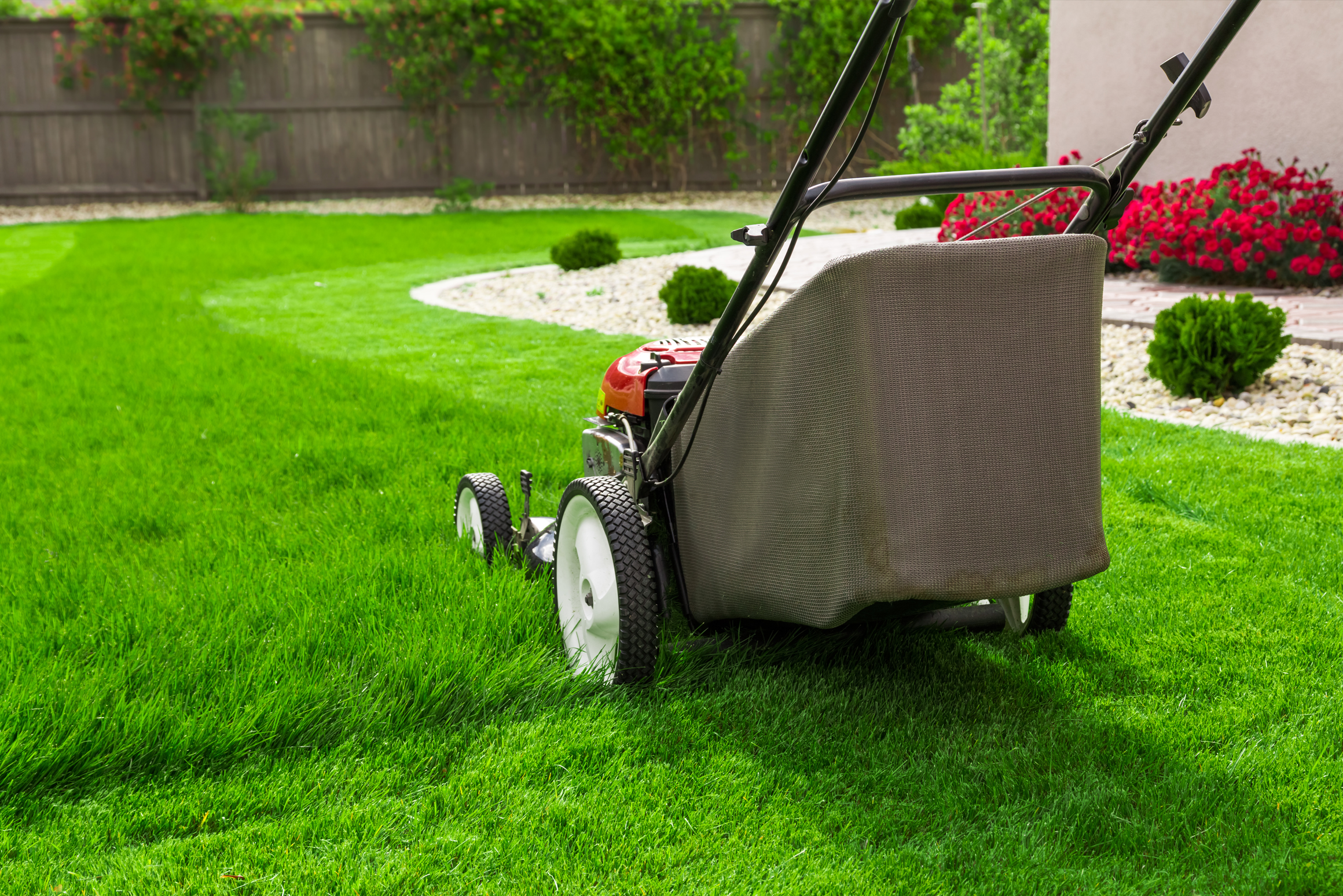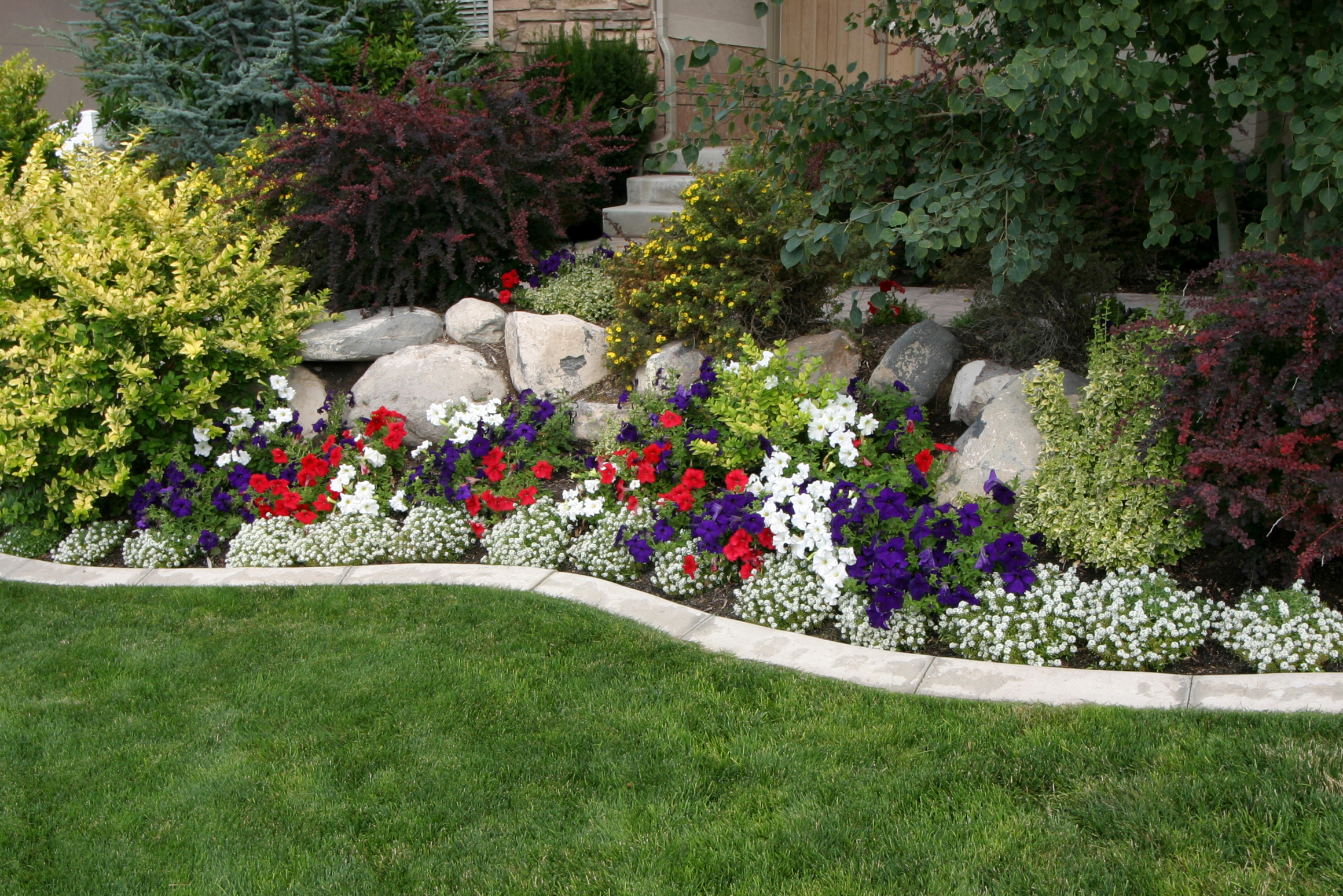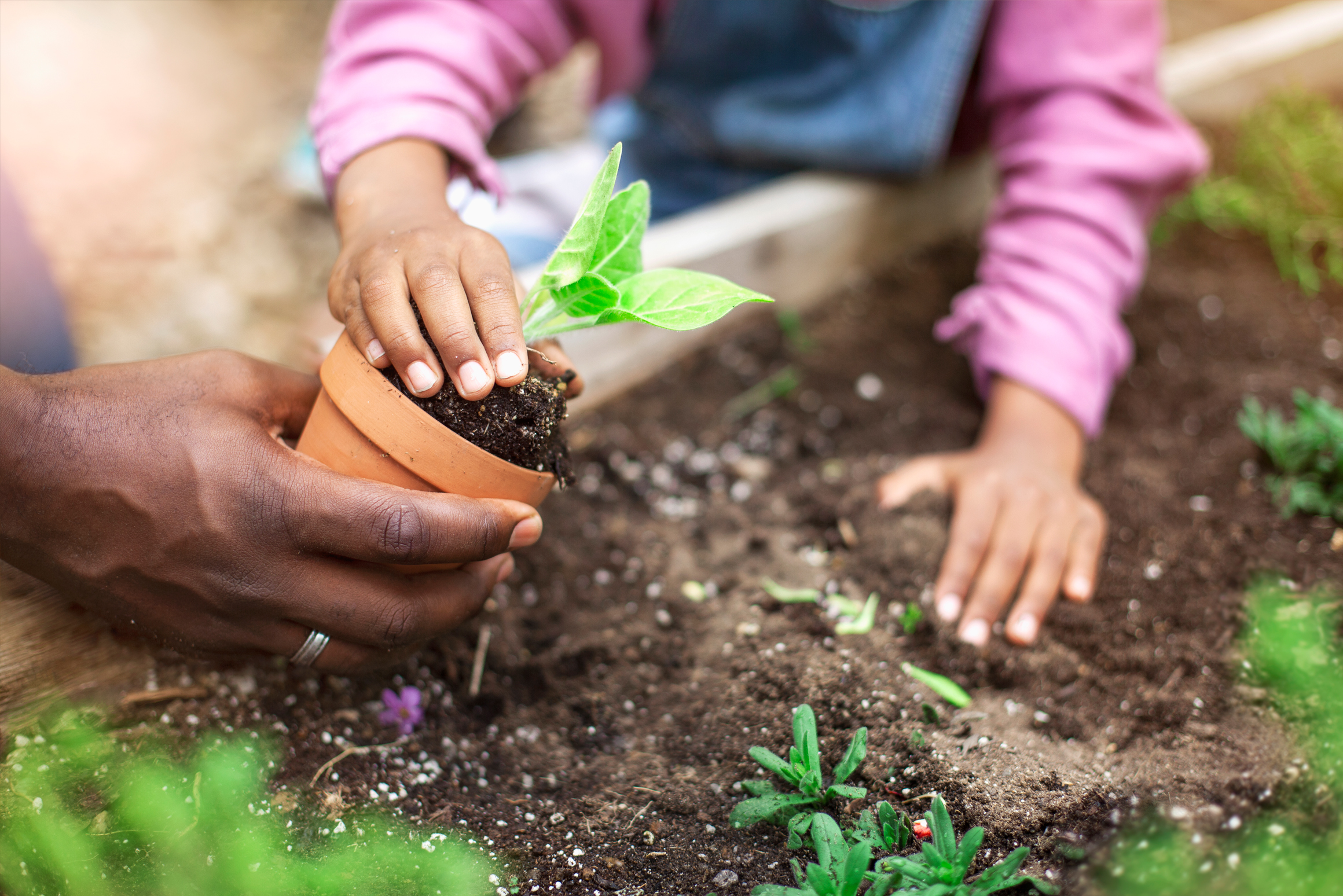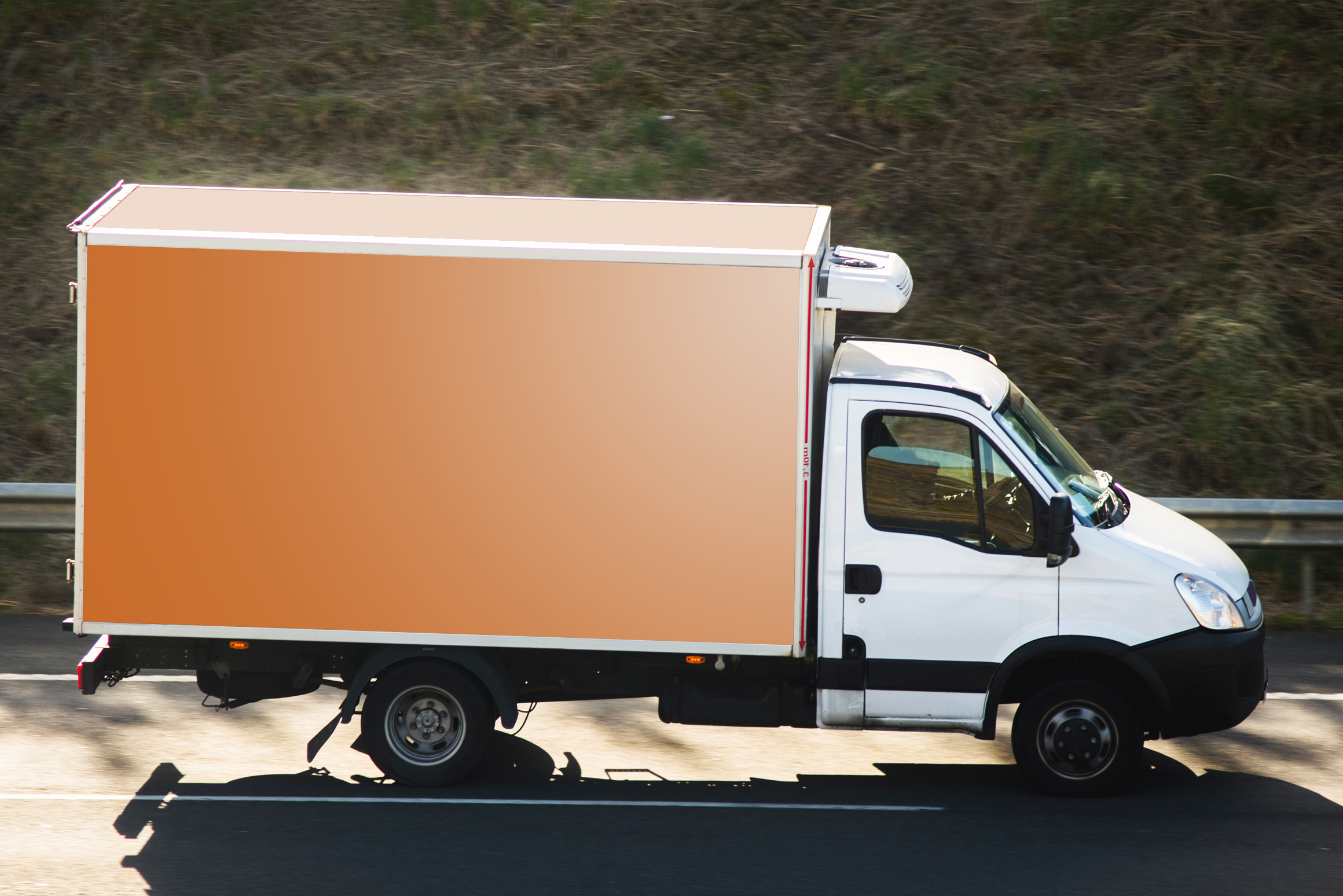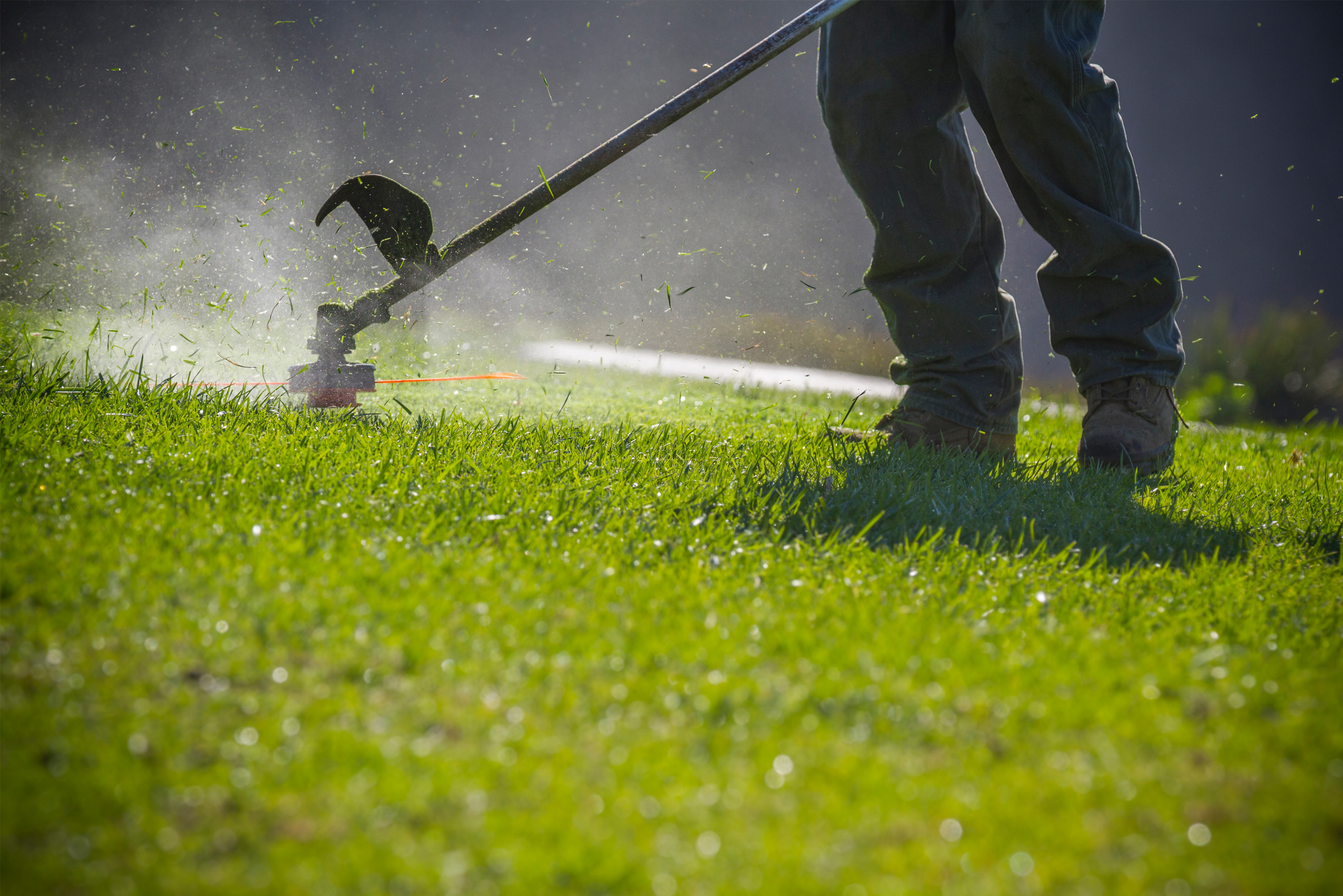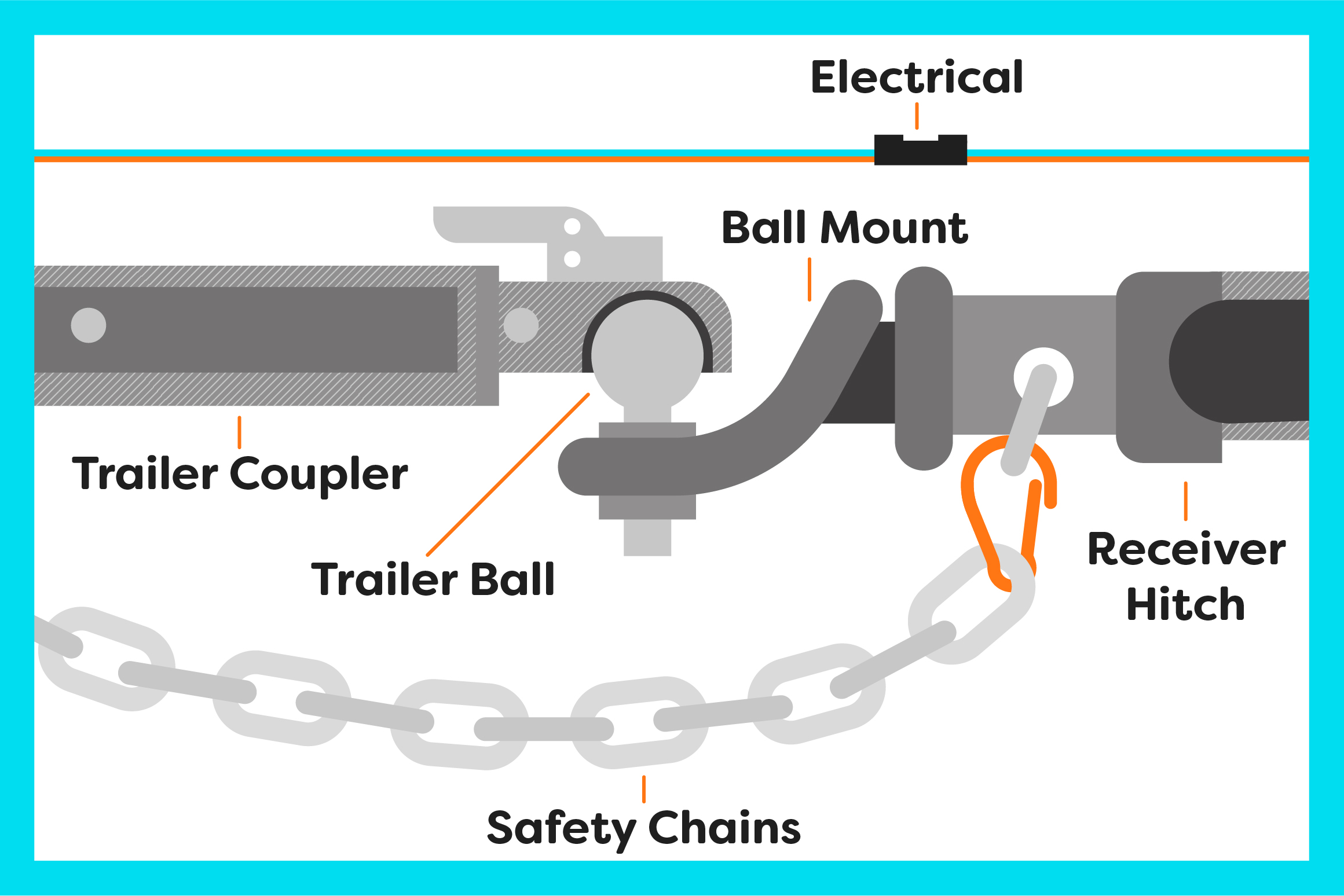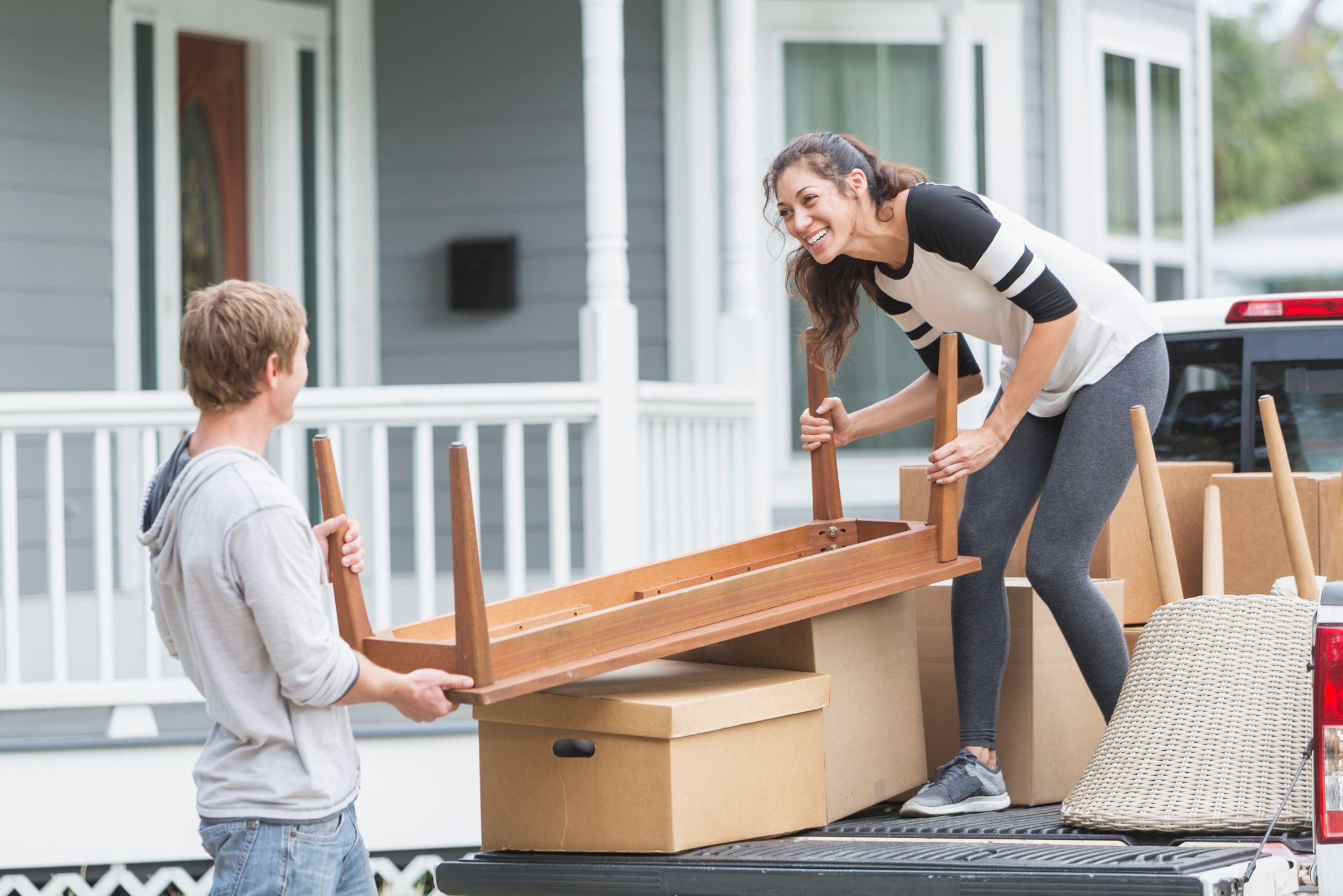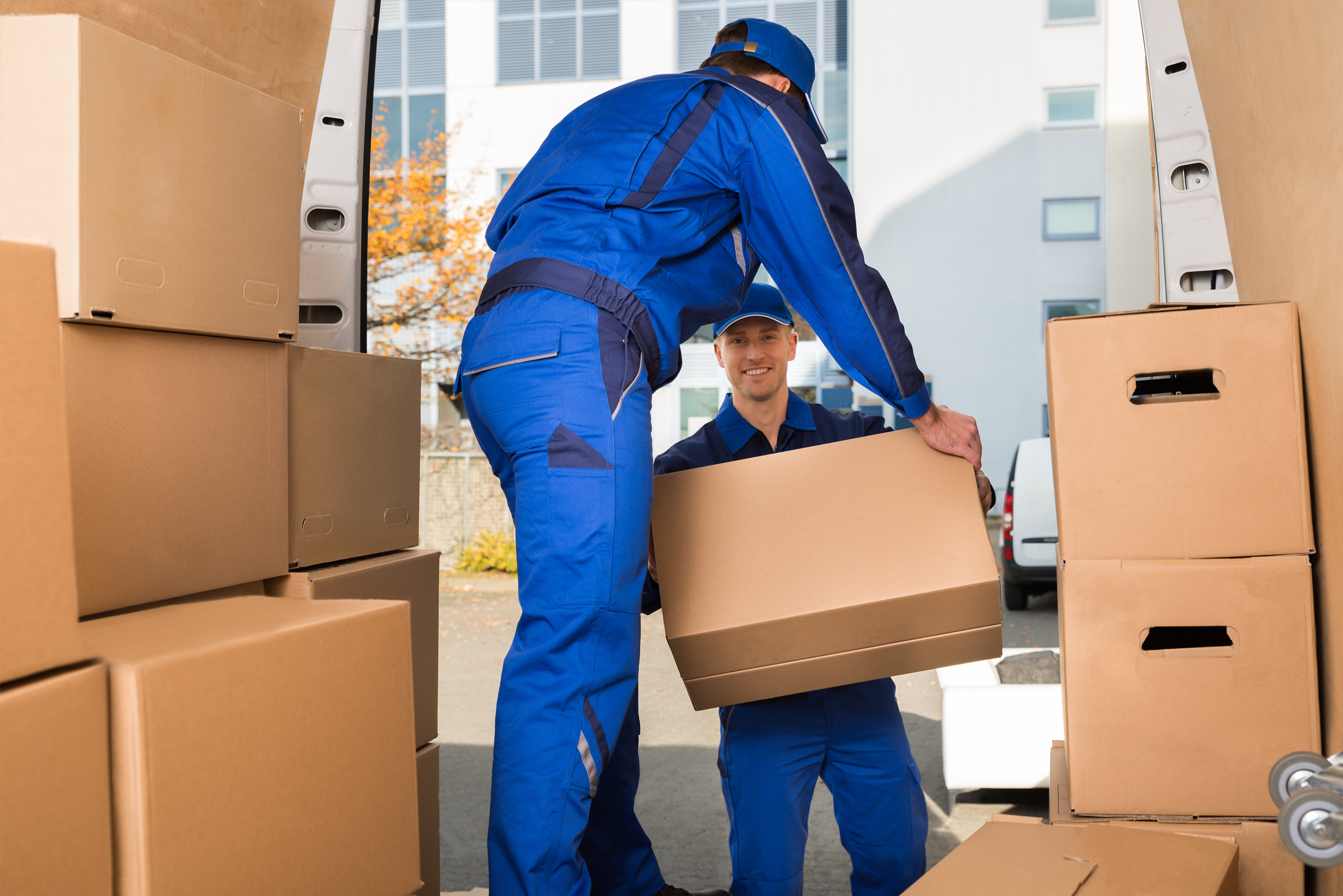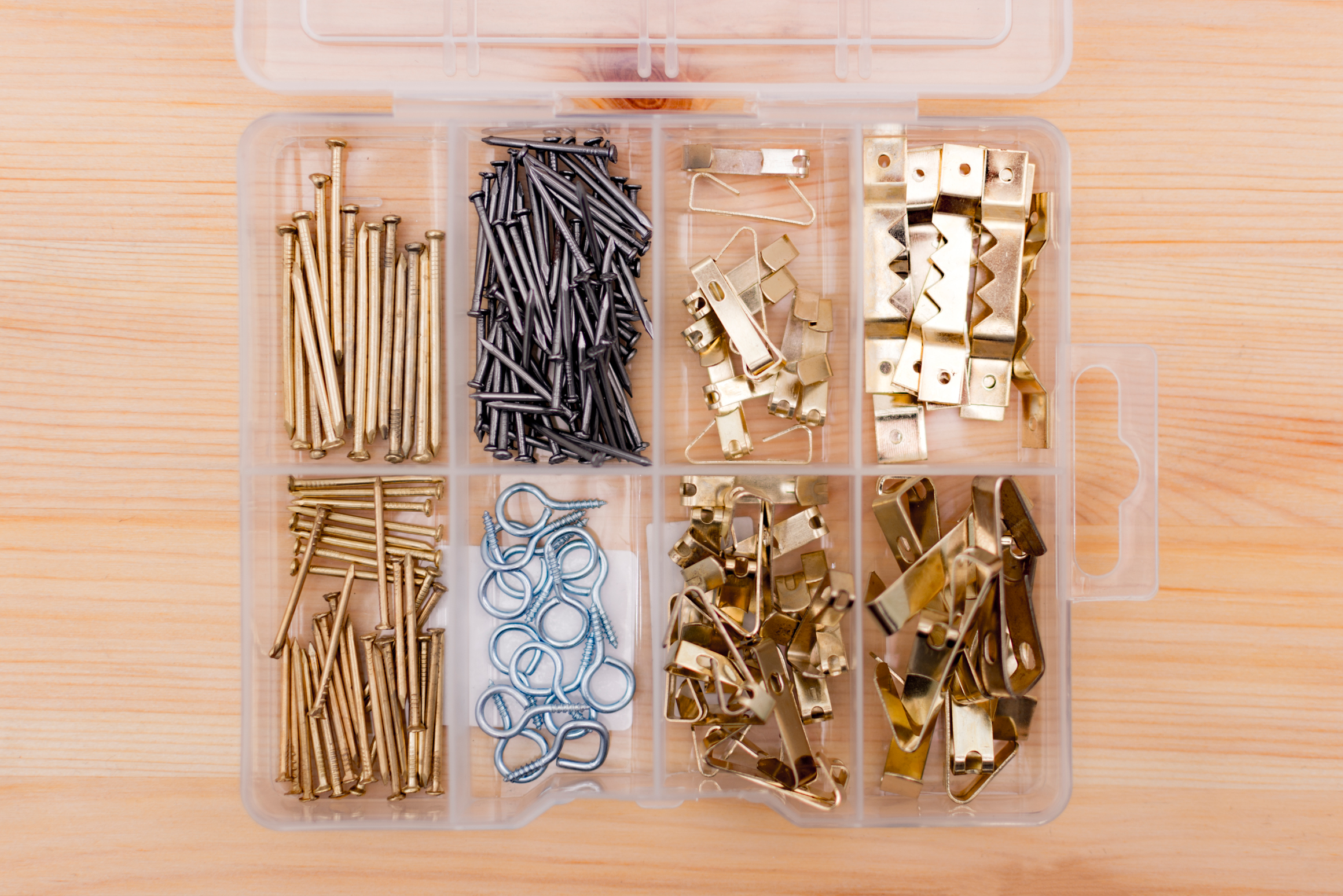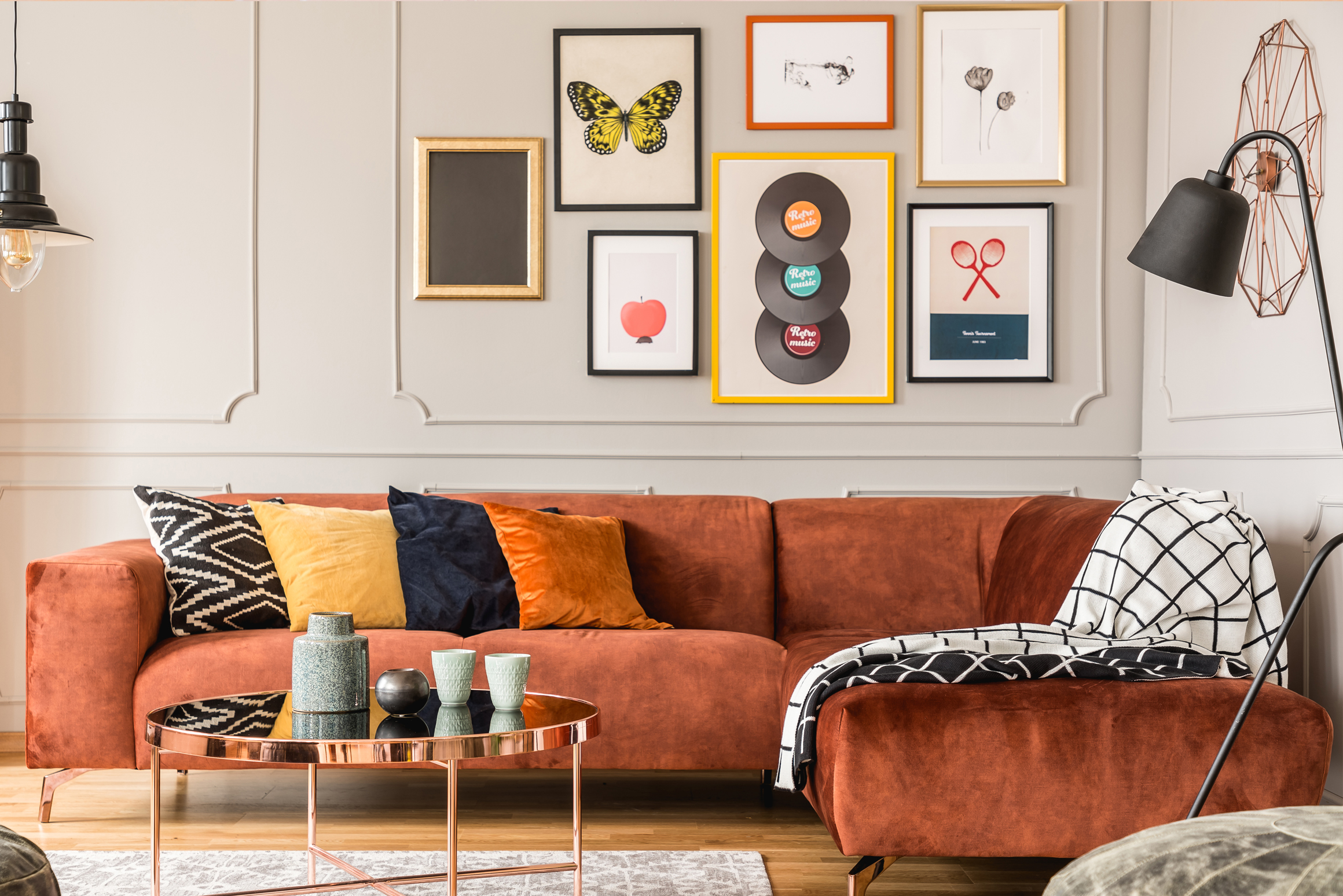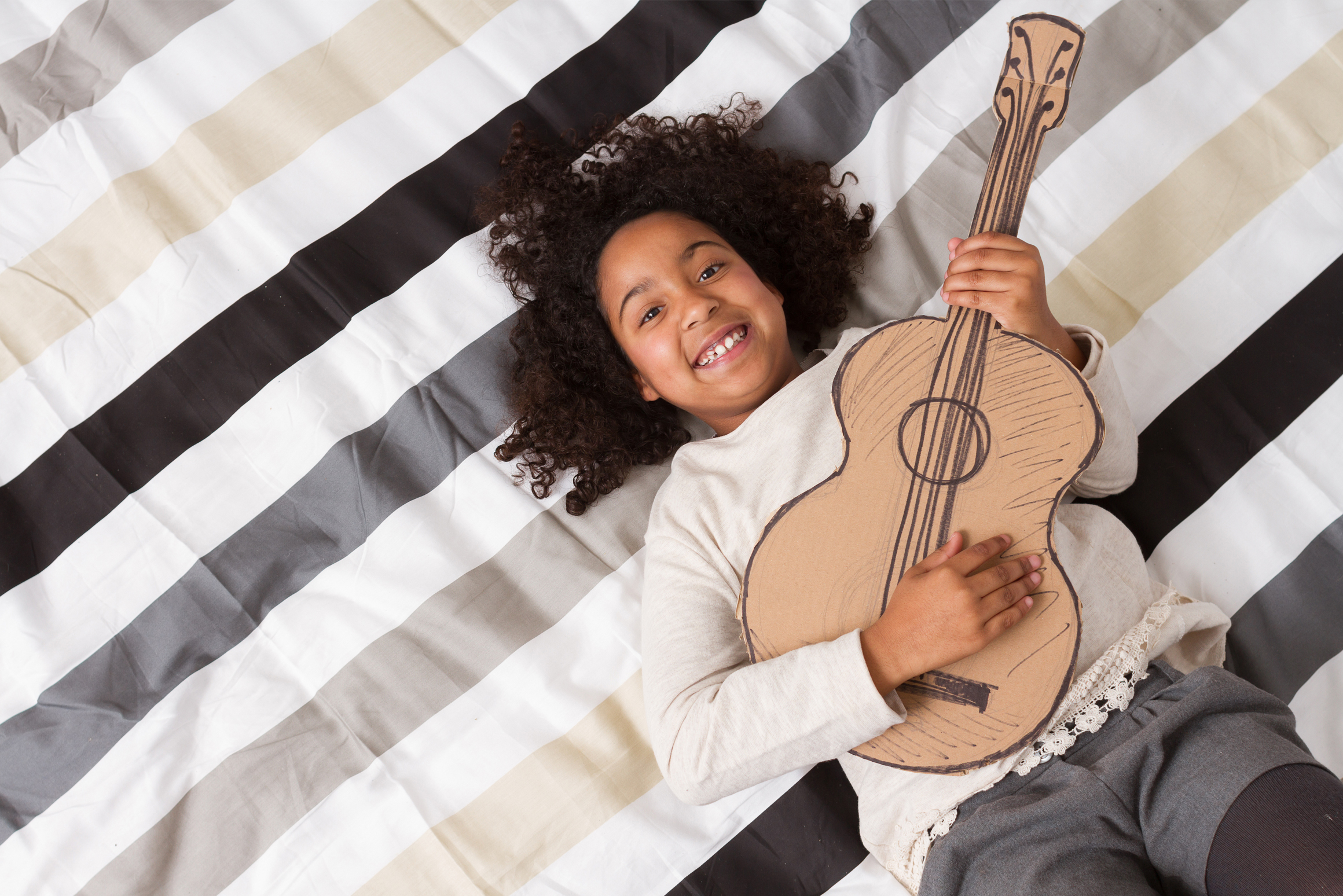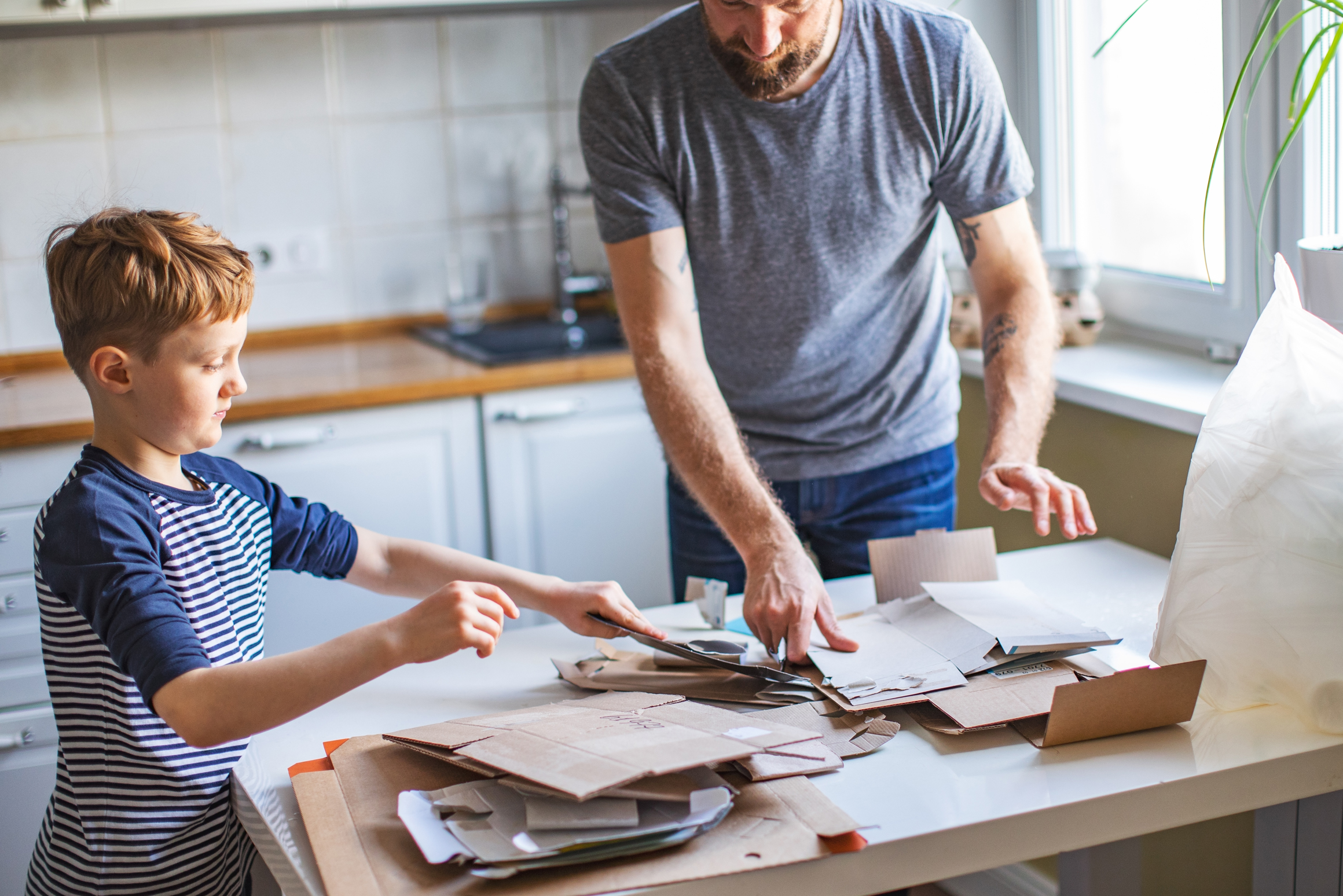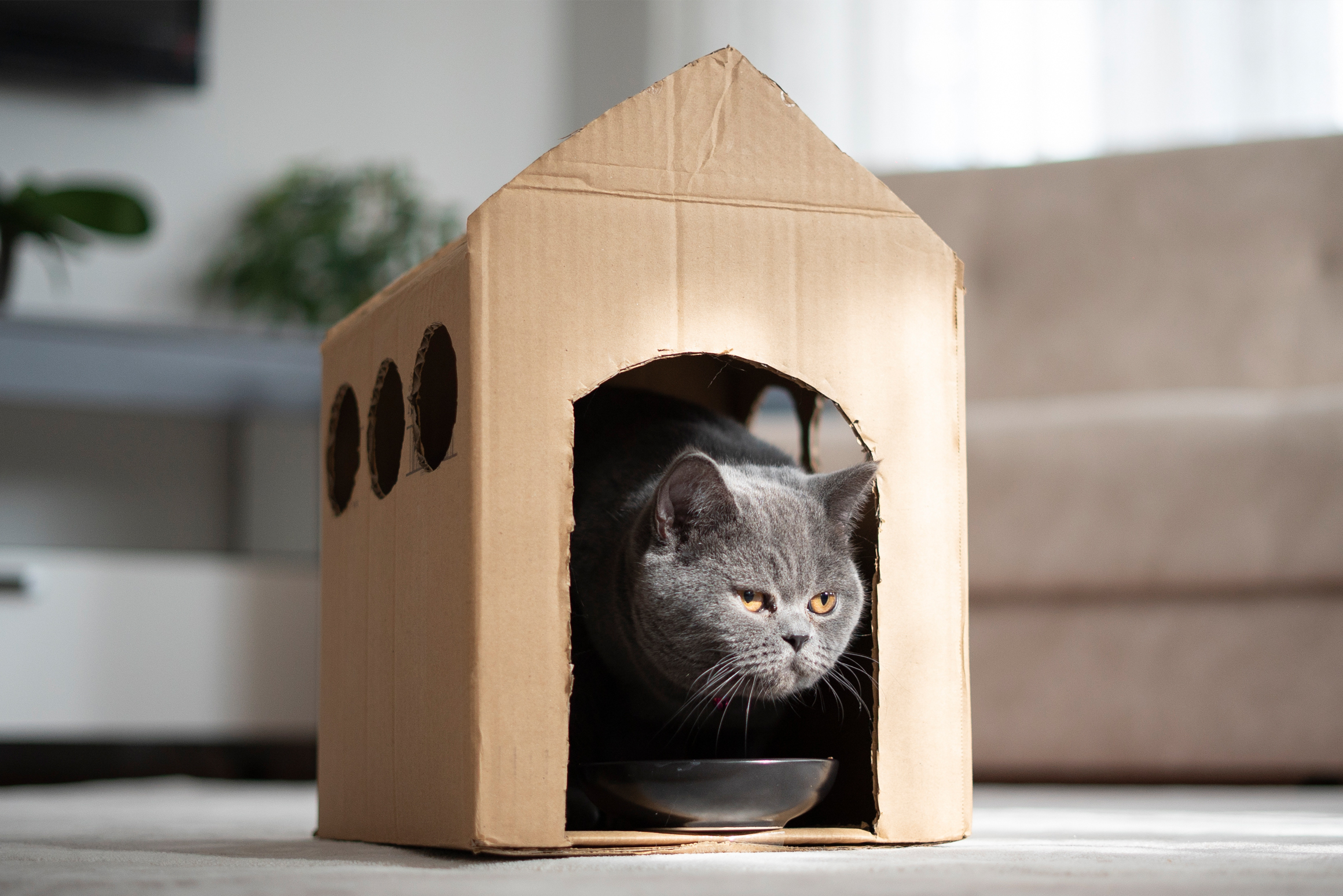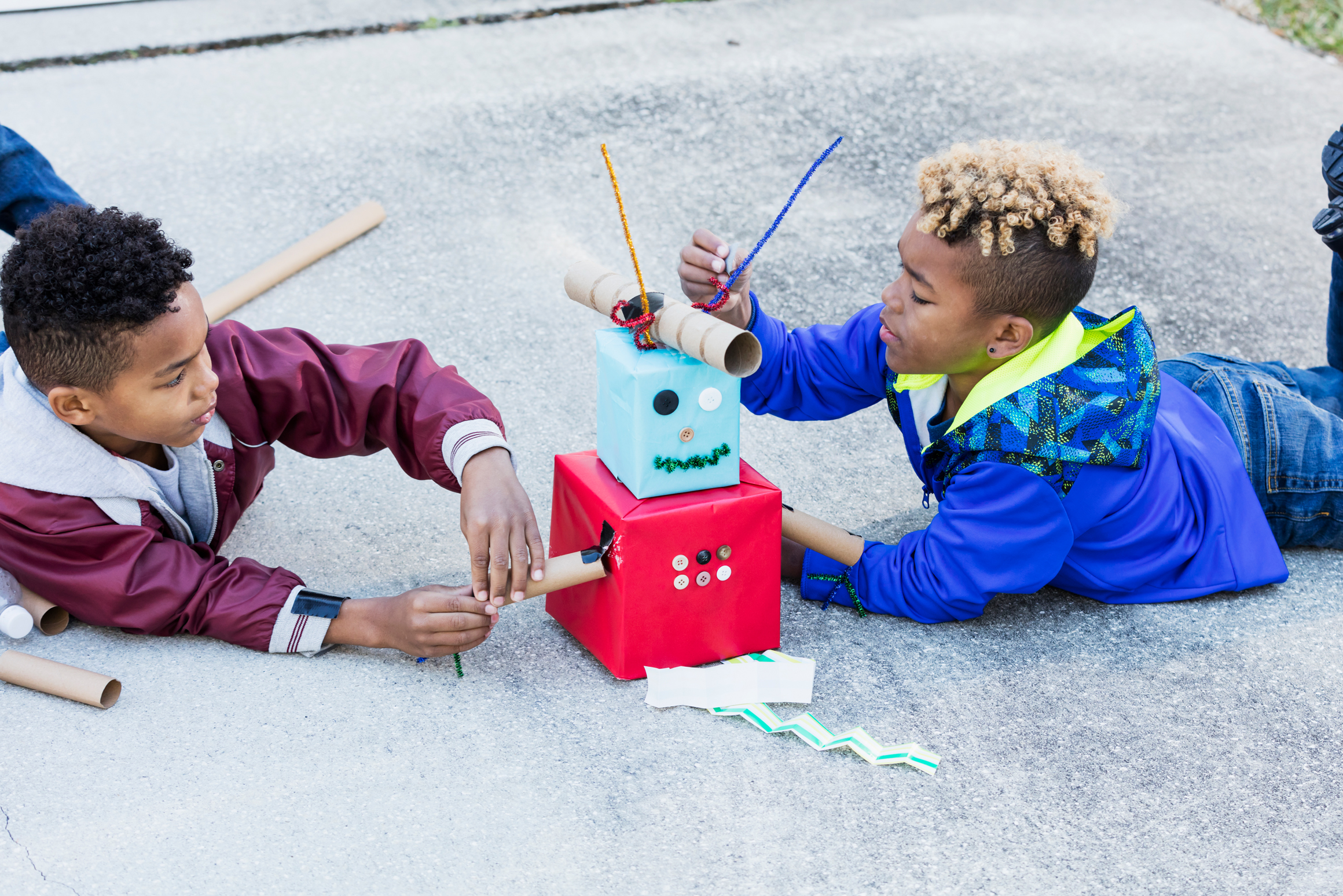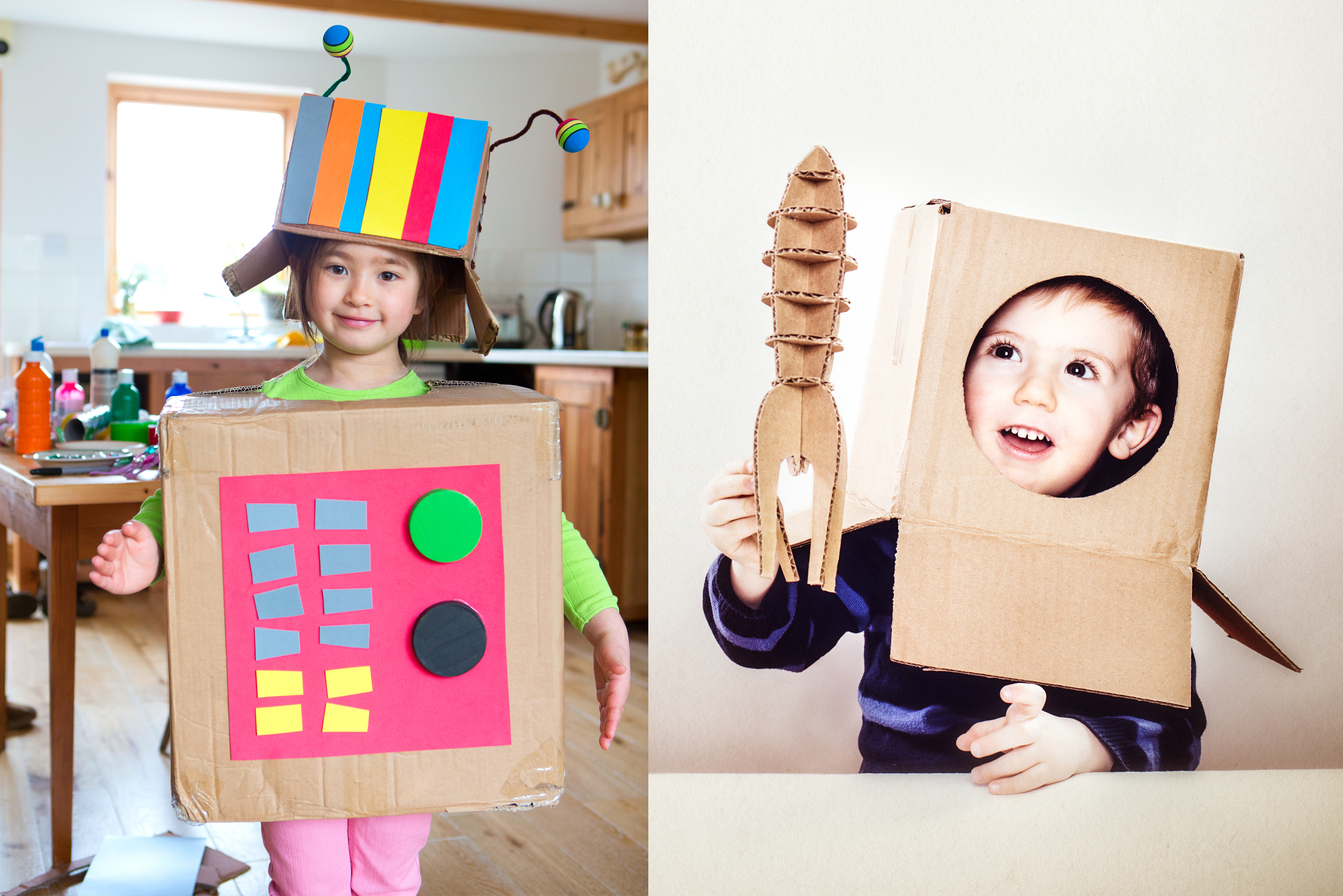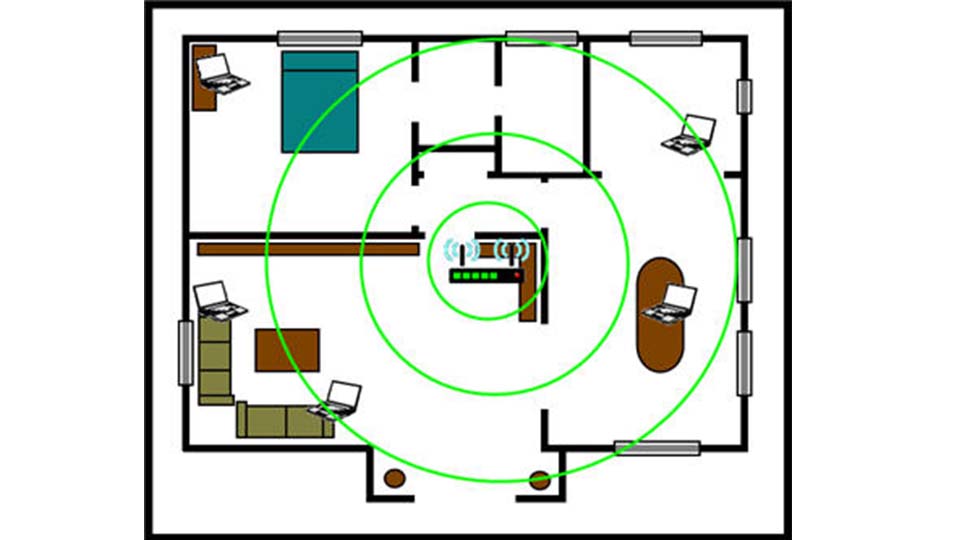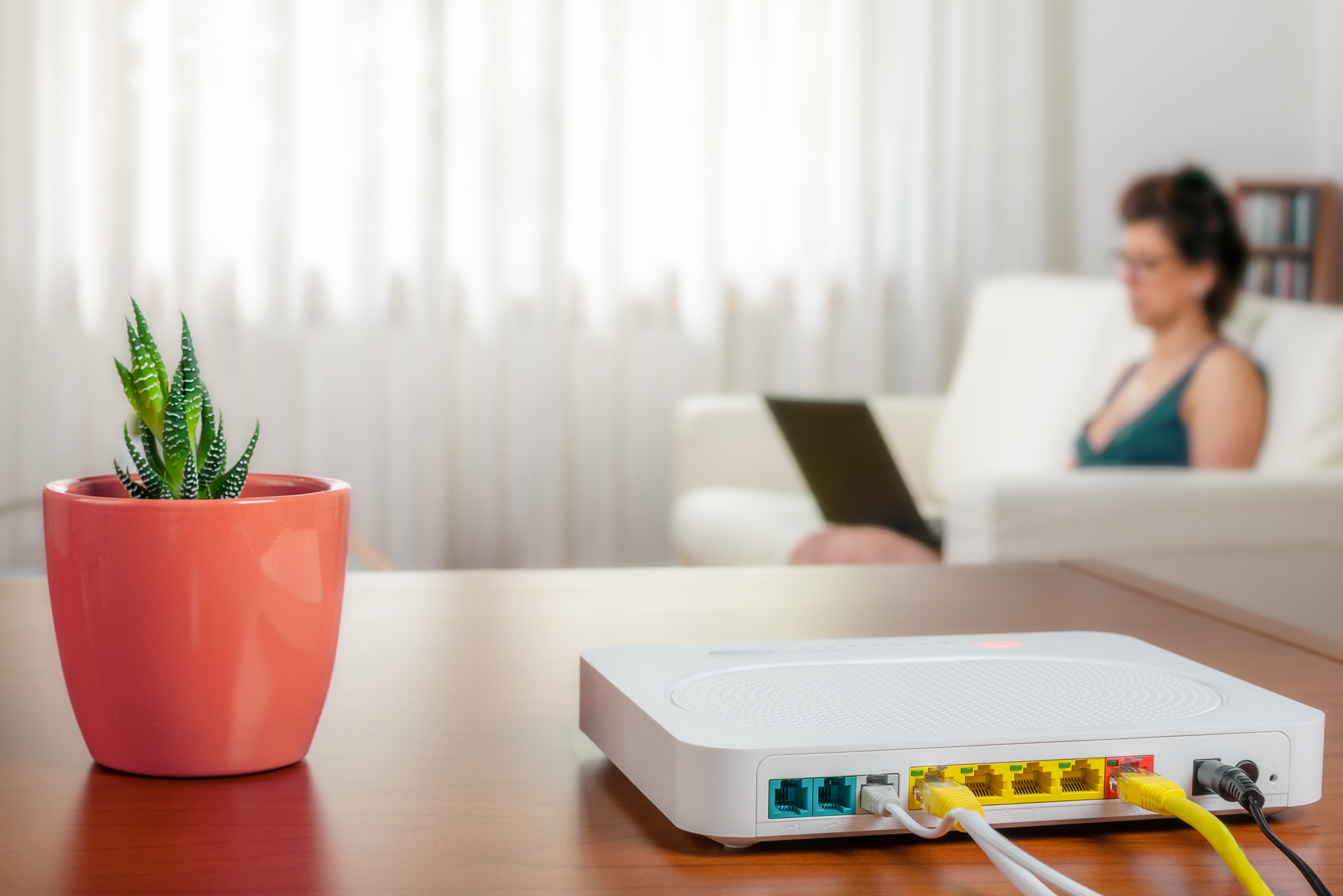Are you an outdoor enthusiast? Do you spend as much time as possible biking, hiking, backpacking, or skiing? If so, you’ve probably accrued a decent amount of gear over the years. The good news is your high-quality equipment will last for a long time. However, the real challenge lies in figuring out where to store all of those pieces you’ve spent so long collecting. As any gear fanatic will tell you, when you’re faced with a finite amount of space — or more commonly a finite budget — creativity is the key to finding gear storage solutions.
Organizing Your Gear Throughout the Home
From the garage to the closet, here are some tips on organizing your gear wherever you can.
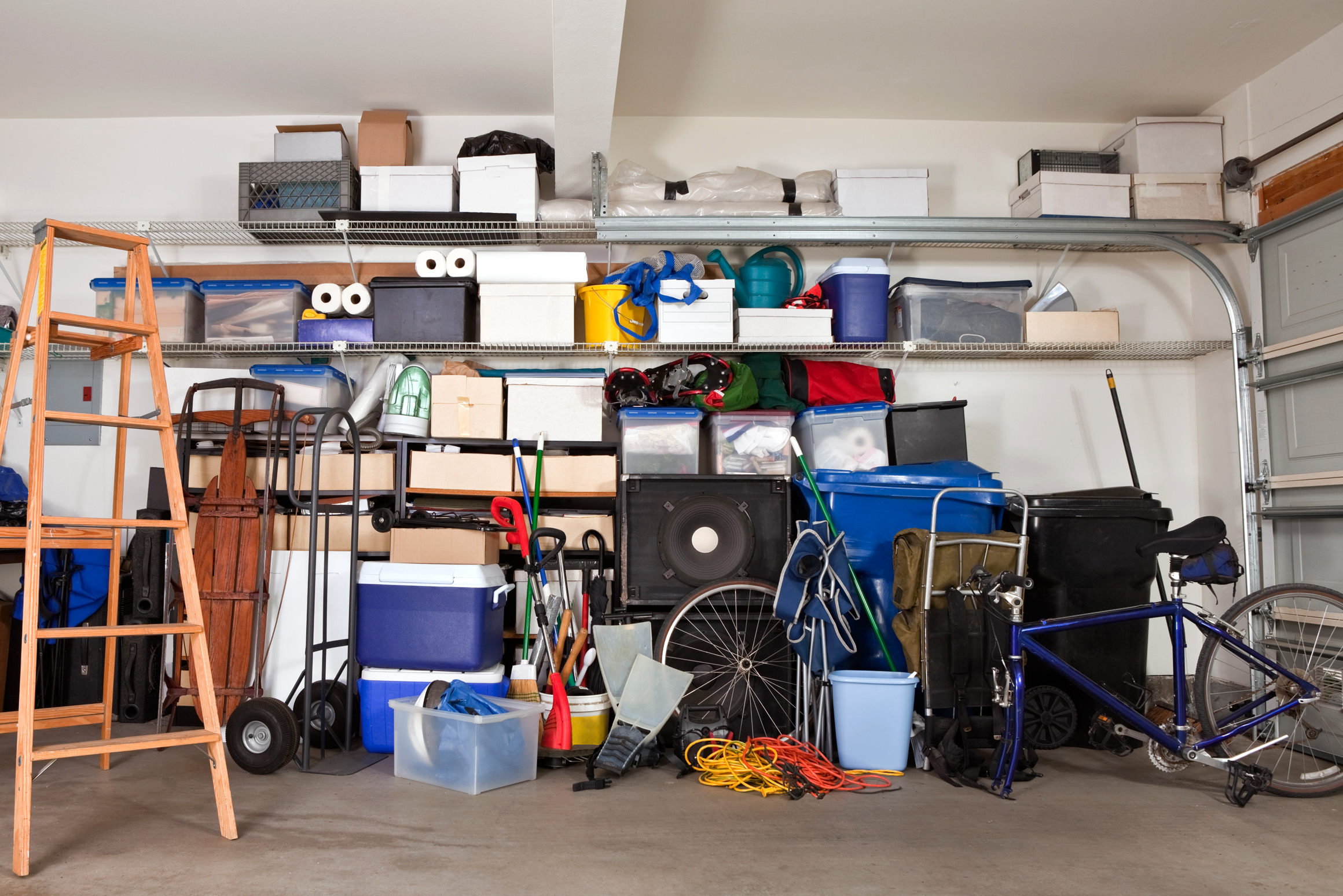
In the garage
If you’re lucky enough to have a garage, then you’ve probably got more available space for storage. One of the best garage systems for big, bulky gear is heavy-duty shelving mounted on the ceiling. These shelves are perfect for getting everything — from coolers and camping chairs to crash pads and canoes — up off the floor. Depending on the height, you may even have room on the underside to hang a bike or two.
For those concerned about accessibility, there are plenty of ground-level shelving systems designed to make organizing simple. And, if you don’t want to deal with shopping around for the perfect unit, building and mounting shelving systems is actually a fairly simple project. Just about any budget-conscious adventurer who owns some tools and isn’t afraid to tackle basic carpentry can handle it. Once you’ve got the bulk of your gear off the ground and onto your shelves, you can start fine-tuning your organization. Sturdy hooks and pegboard, for example, provide a great solution for climbing ropes, skis, and packs (which can also be stuffed with additional gear when not in use).
In the shed or basement
If you’ve got space in the basement, you can do a lot with a small clothing rack or wardrobe closet. These are great for keeping climbing gear or camping equipment organized in one central location. Plus, if you position the rack away from the wall, you can use the space behind to stash bigger stuff like crash pads. For out-of-sight sheds or storage rooms, another consolidation option is a large stuff sack. These tend to come with new sleeping bags for long-term storage, but they’re also great for loading soft goods like ground mats or camping tarps. These bags usually have a cinch cord too, making them easy to hang in the corner of a room.
Although not ideal for frequently used gear, stacking bins with lids can provide the perfect solution for sorting and organizing off-season equipment. They’re easy to sort, label, and transfer. Plus, if your basement doubles as a recreational room, you can drape a row or two of containers with a cool piece of fabric and use the top as kid-friendly play space for LEGOs or small toys.
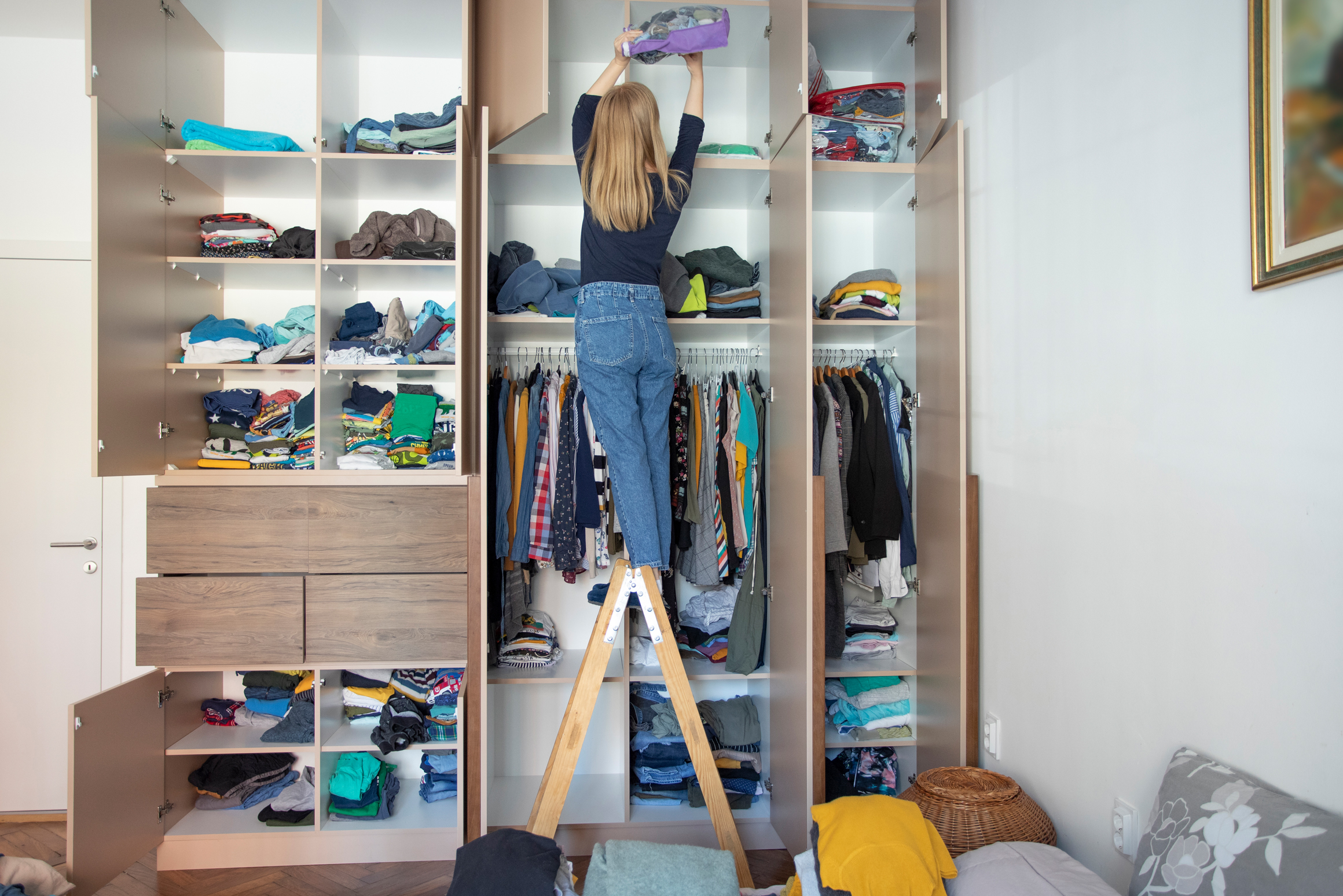
In closets, cabinets, and cupboards
If all you’ve got to work with is your own living space and some interior closets, there’s not much else to do but make the very best of every available nook and cranny. To start, try allocating the entire corner of a closet for ceiling-to-floor shelving that can be used for smaller gear like helmets and boots. Corner space can provide a surprising amount of useful storage. In larger closets, opt for full shelving to hold bigger gear like tents, stoves, and coolers. Then use baskets and bins for keeping smaller things organized. If you’re especially ambitious, you can even find storage opportunities on the closet door itself by building additional shelving or hanging organizers.
If shelving isn’t an option at all, make use of the closet rod. You can sling packs and snow gear around regular clothing hangers, while carabiners offer a better option for rope coils, straps, or crampon storage bags. When space is just too tight, look for out-of-the-ordinary alternatives. Try loading any unused suitcases with sleeping bags and seasonal clothing, for instance. You can also check for openings in cabinets that aren’t in the bedroom or hall closets—while you may not want to store skin boots under the kitchen sink, you may find the perfect compartment for your tackle box. If all else fails, consider putting your teenage Tetris skills to practical use by rearranging your current storage layout to free up real estate elsewhere.
No matter how much (or little) space you have to work with, you can find viable storage solutions. With a little ingenuity, you’ll be able to neatly store all of your gear for easy access the next time you’re adventure-bound.

